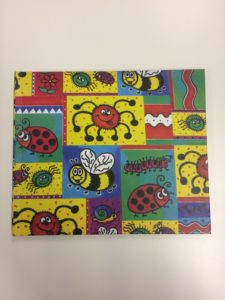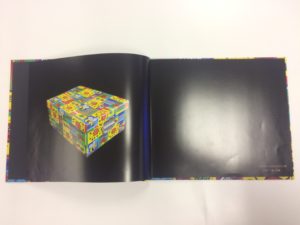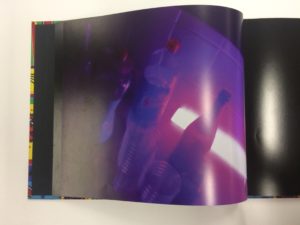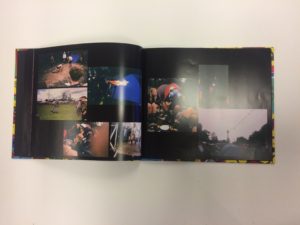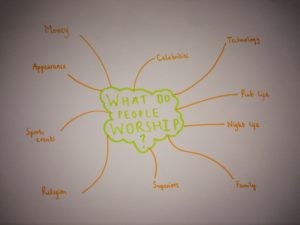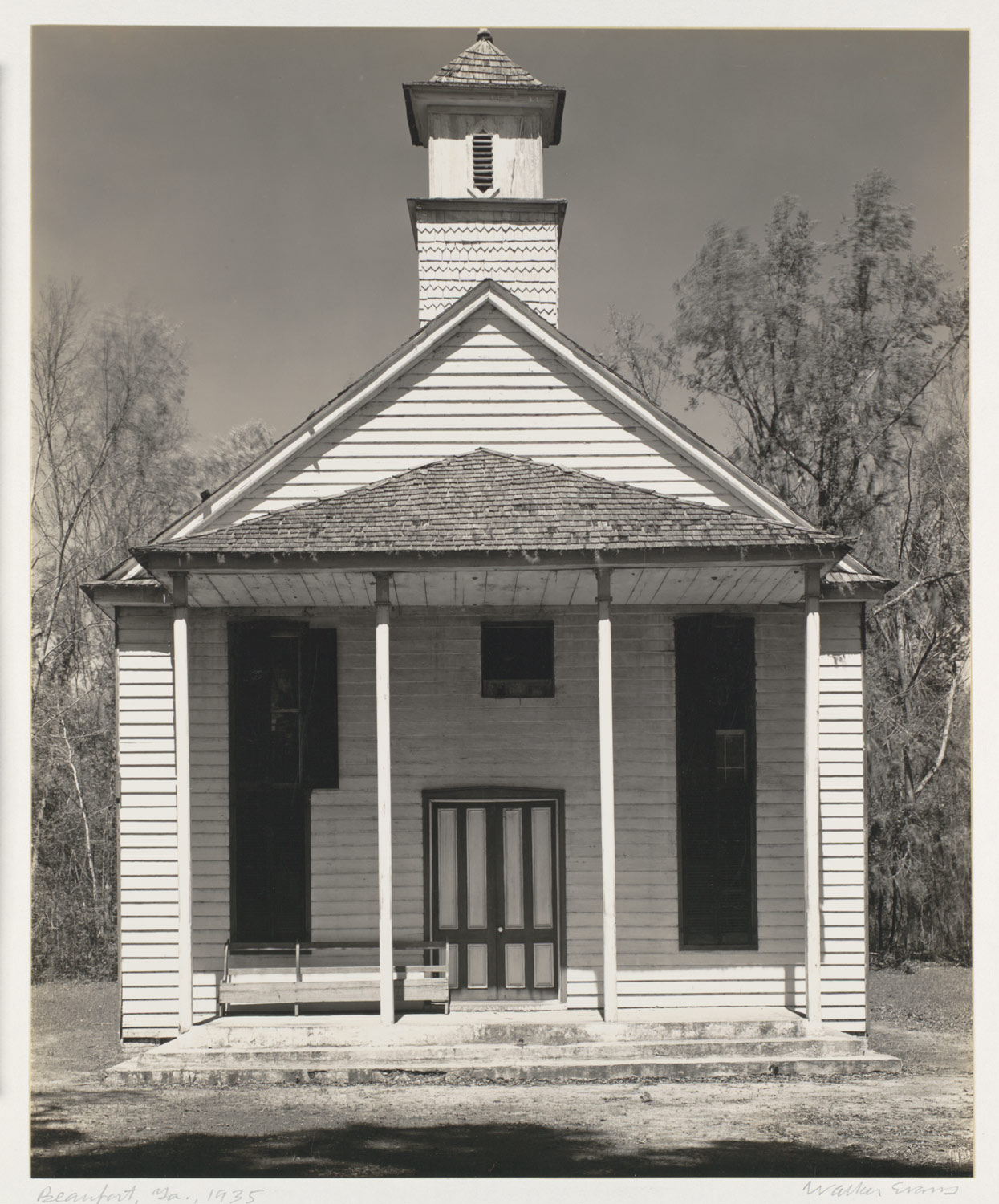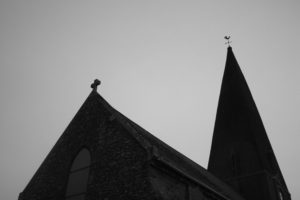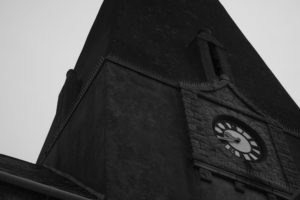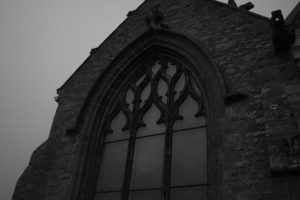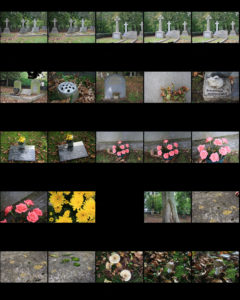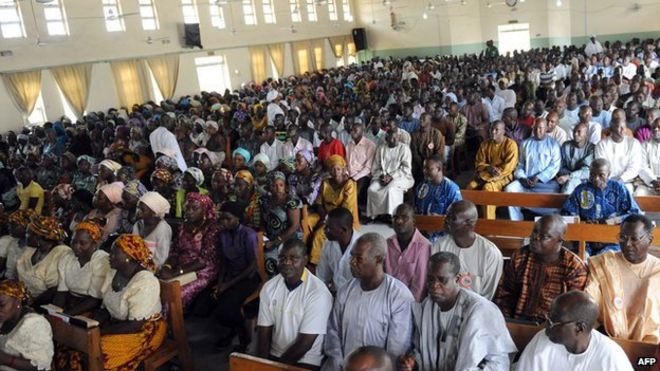My Personal Study surprised me because, no matter how hard I tried to plan and force this particular shoot, it would not express the concept I attempted to portray, in other words, I was “flogging a dead horse”. Under pressure due to deadlines, I thought long and hard to create a new idea and concept for my project before I decided to photograph my step-brother and use him as a symbol of a younger me who suffered from A.D.H.D. just like Noah. In retrospect, I am very happy with my shoot as it has paved the way for my project and the images themselves are very powerful and will be useful when it comes to the production of my photo book.
Using my ability to portray a story through imagery, I aim to provide a thorough insight into the ups and downs of suffering from A.D.H.D, and although the positives are often latent, I want to expose them to show how it has potentially brought the family together despite the struggles
Going forward, I look to photographically portray how Noah has had an impact upon my home and how the people within my home have had to alter their behavior due to Noah’s disorder. I need to include more documentation styled imagery and recover more archival images in order to depict the story I aim to achieve. – One factor I really benefited from following the the assessment and critique of a former student’s work was the mere fact she had inspired me to take more controlled, documentary styled images.

